Richard I, also known as Richard the Lionheart, is unquestionably one of the most popular and complex monarchs in English and European history.
Respected for his military prowess, however it was not the only thing that made him a great ruler.
In the ten years that he was crowned king, he is known to have spent just six months living in England, remarking that it was too cold and rainy.
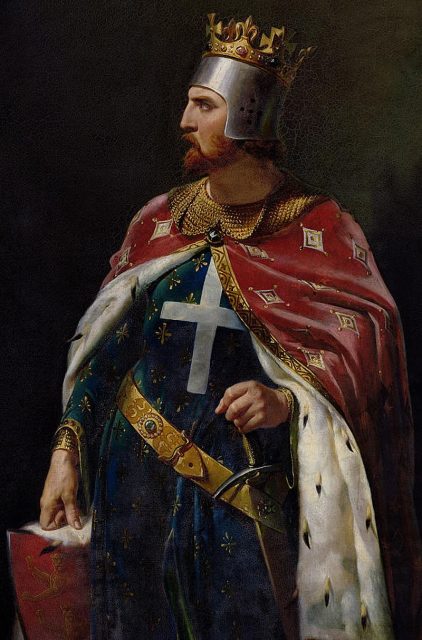
It is also speculated that he didn’t even speak English as this was not a requirement during the reign of the Norman kings who spoke only French, creating a ruling class that was separate to the English-speaking peasantry.
The House of Anjou, the old name for the of the House of Plantagenet, is Richard I’s noble family line. They had come to rule over much of France and England by the time Richard the Lionheart was born and would continue to do so far into the 15th century, with Henry VIII claiming lineage to this great family.

Richard was one of eight legitimate heirs born to Henry II and his wife, Eleanor. He was third in line to the throne and would become king after the early passing of his two older brothers.
Henry II was a ruthless and passionate leader; he oversaw the expansion of the Plantagenet state but made many enemies in the process.
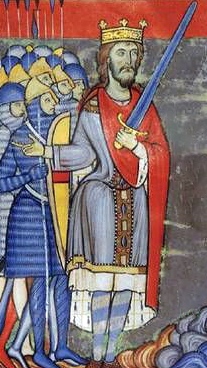
Perhaps his most famous enemy was his one-time friend Thomas Becket, Archbishop of Canterbury, who was murdered under his instruction. These enemies included not just rulers of other lands but also his own wife and sons.
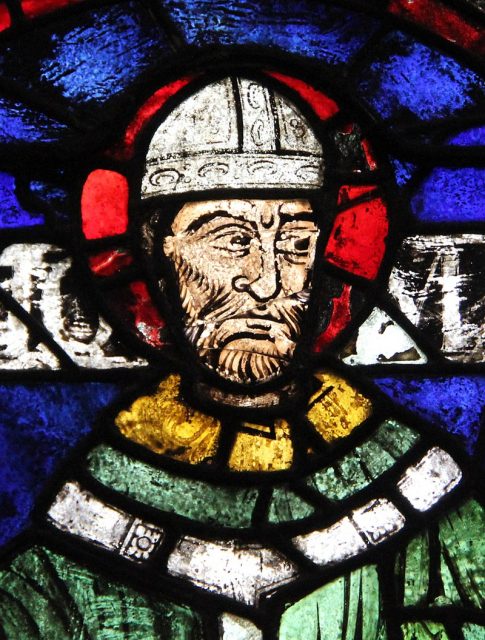
The familial discontent appears to be based around greed and land grabbing; it led to a rebellion in which Richard, along with his two elder brothers, joined forces with Louis of France in an attempt to overthrow Henry II.
Although unsuccessful, it left Henry II embittered and relations did not improve right up until Henry’s death, at which point Richard was crowned King.
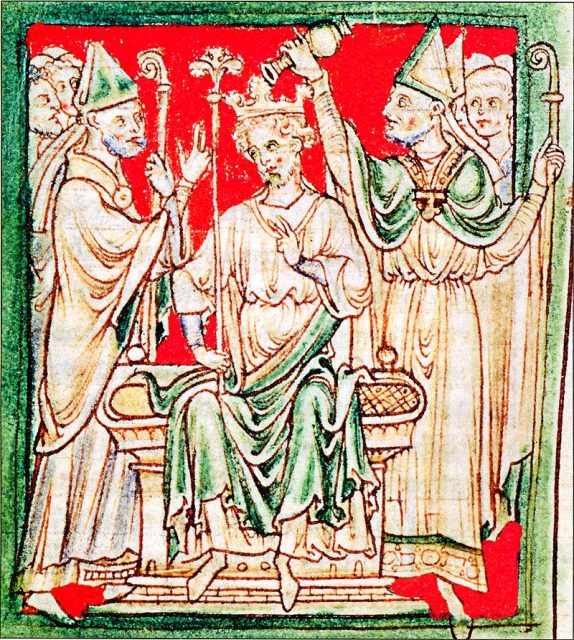
From the outset, Richard was more interested in waging war than ruling. Although he was undoubtedly a brave knight, the Encyclopaedia Britannica describes him as “Like all of Henry II’s legitimate sons, he had little or no filial piety, foresight, or sense of responsibility.”
His one objective from the beginning of his reign was to take back Jerusalem as part of what became known as the Third Crusade.
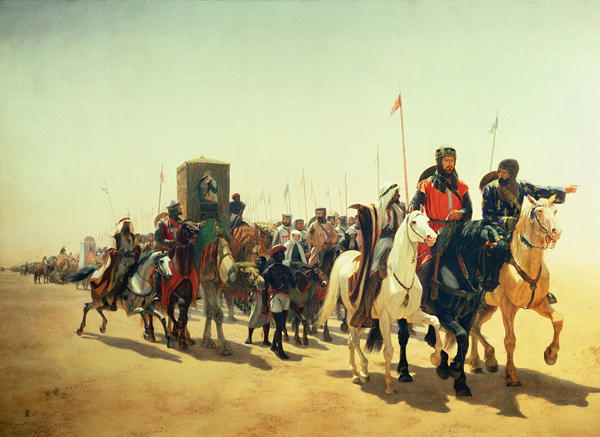
To achieve the financial backing for his expedition, he sold off everything he could, turning England into his own private cheque book.
Richard the Lionheart loved to party almost as much as he loved war. It was during such a celebration that he famously declared his cook to be “lord of the fief of the kitchen of the counts of Poitou,” essentially knighting the chef for his tremendous food.
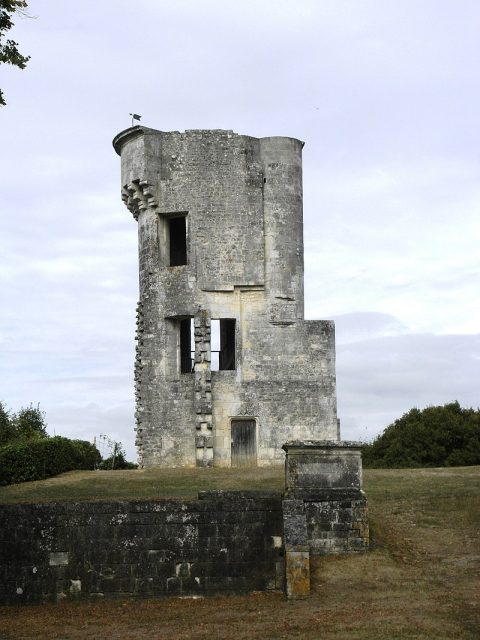
As historian David Boyd explains, due to a lack of hygiene, pretty much everything Medieval times could kill you; food was no exception, and this made your cook one of the more important lay members of your court.
Historic Noblemen and their ridiculous nicknames
Whether the chef received the benefits of his new promotion or if Richard remembered the declaration the next day is not clear.
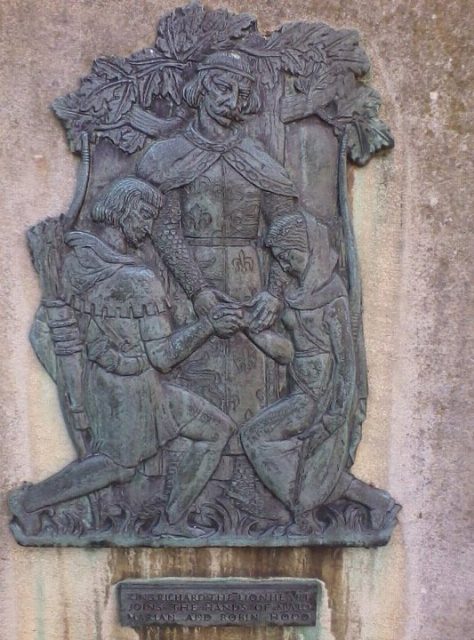
What is clear is that thanks to a series of well-timed propaganda pieces, Richard the Lionheart has gone down in history as a great and just King.
He is famously portrayed in the Robin Hood legend as the benevolent monarch who rids the country of King John (Richard I’s equally irresponsible younger brother) and the Sheriff of Nottingham; there is a statue of him standing outside Westminster today.
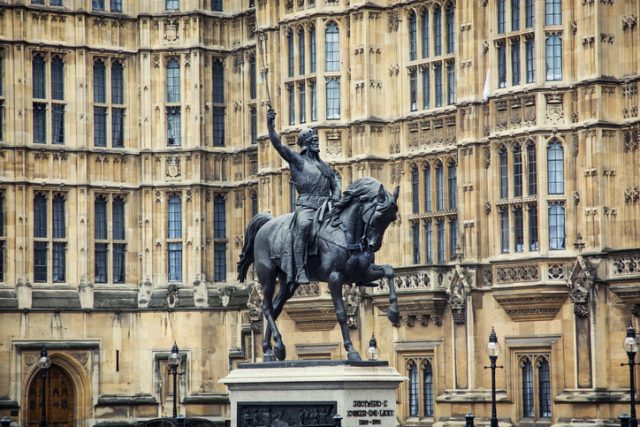
The reality was somewhat different. As David Boyd relates, his war-loving tendencies almost bankrupted England twice over, and his impetuous behavior during the Third Crusade, notwithstanding its early successes, made him just as many enemies as his father before him.
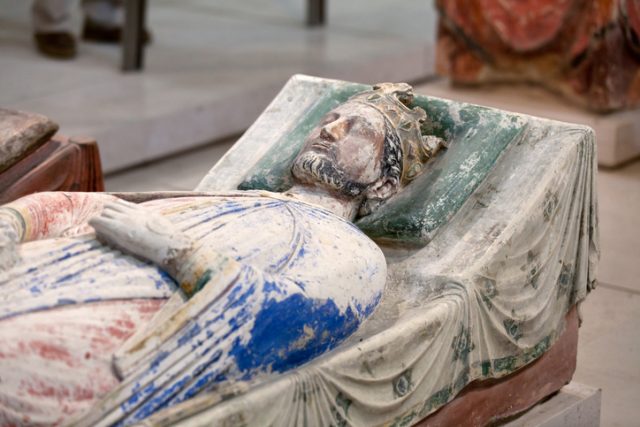
Richard the Lionheart died on the battlefield from an infected wound at the age of 47, leaving no legitimate heirs.
Read another story from us: Royal Karma: The King who was Accidentally Burnt Alive
The lack of a clear line of succession signaled the beginning of the end of the Angevin state but paved the way for a new line of English monarchy which still survives to this day.
